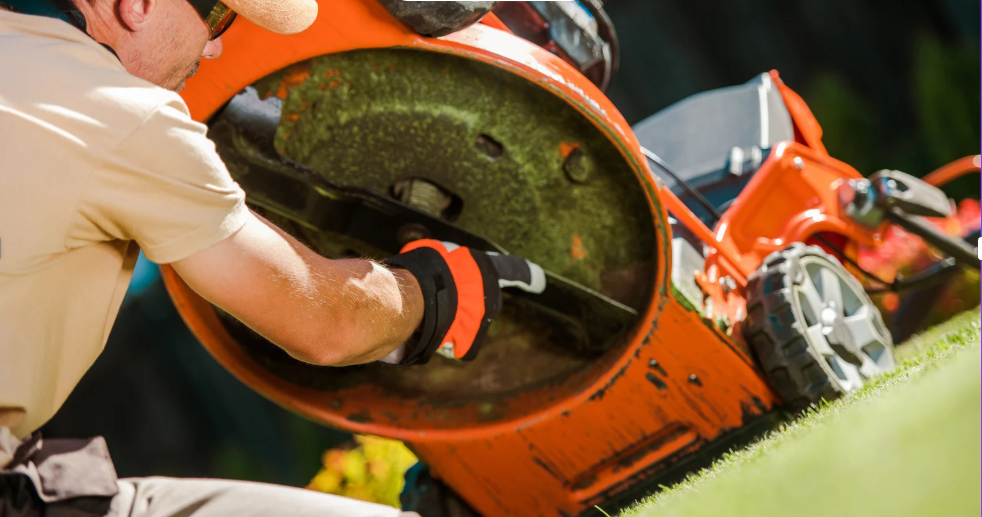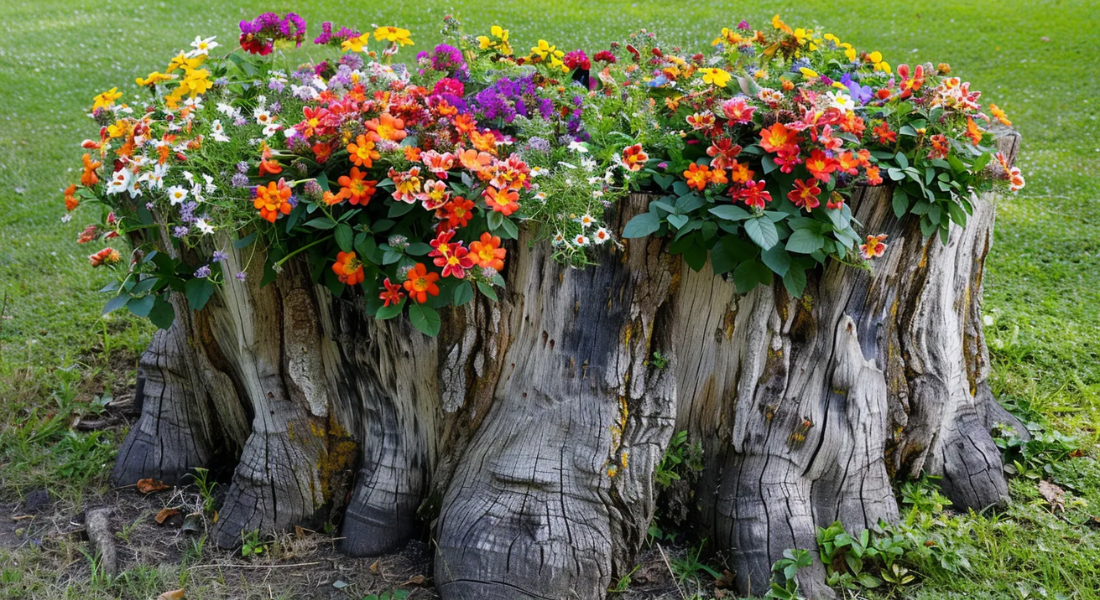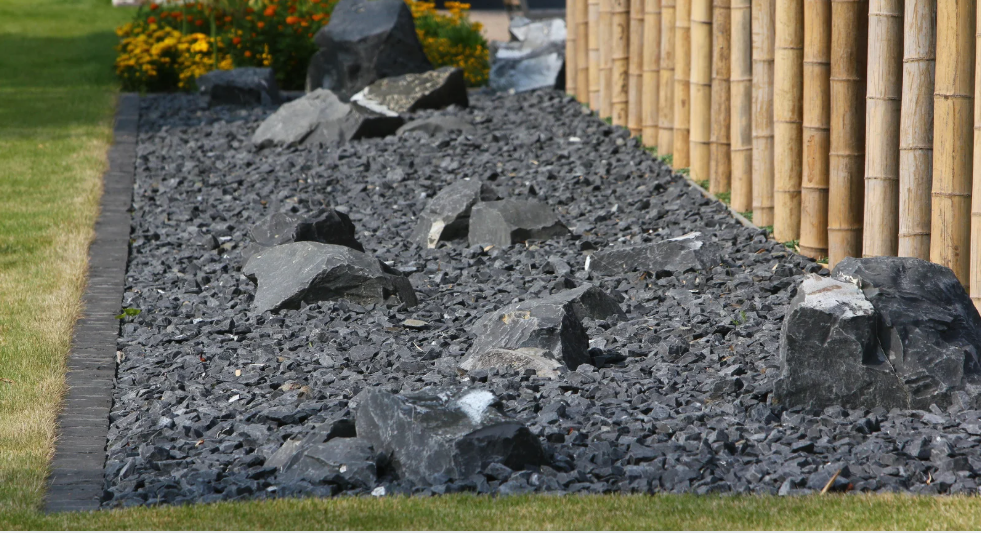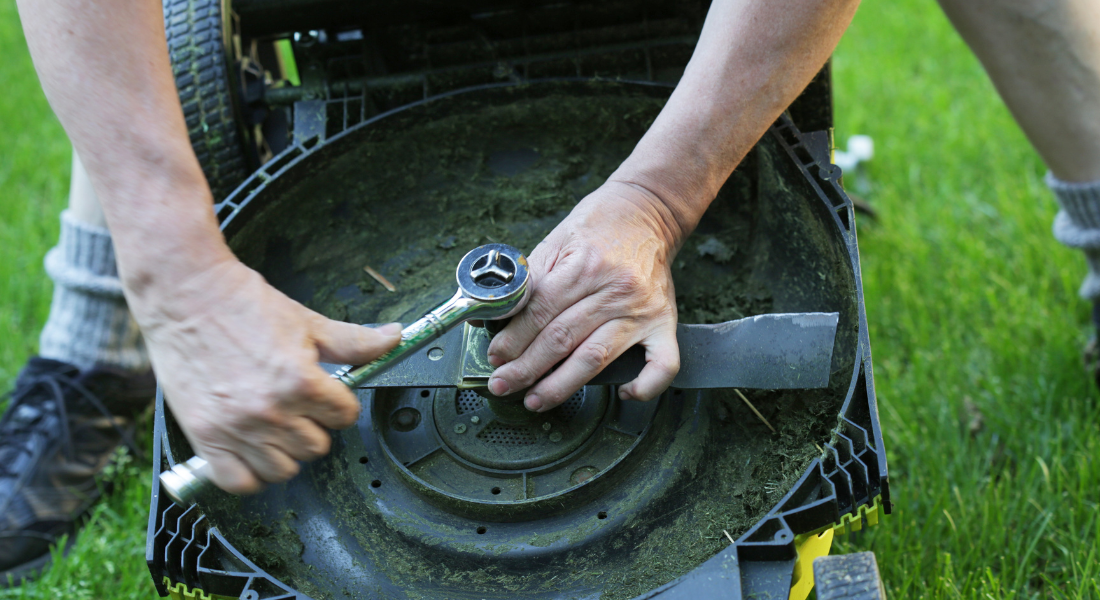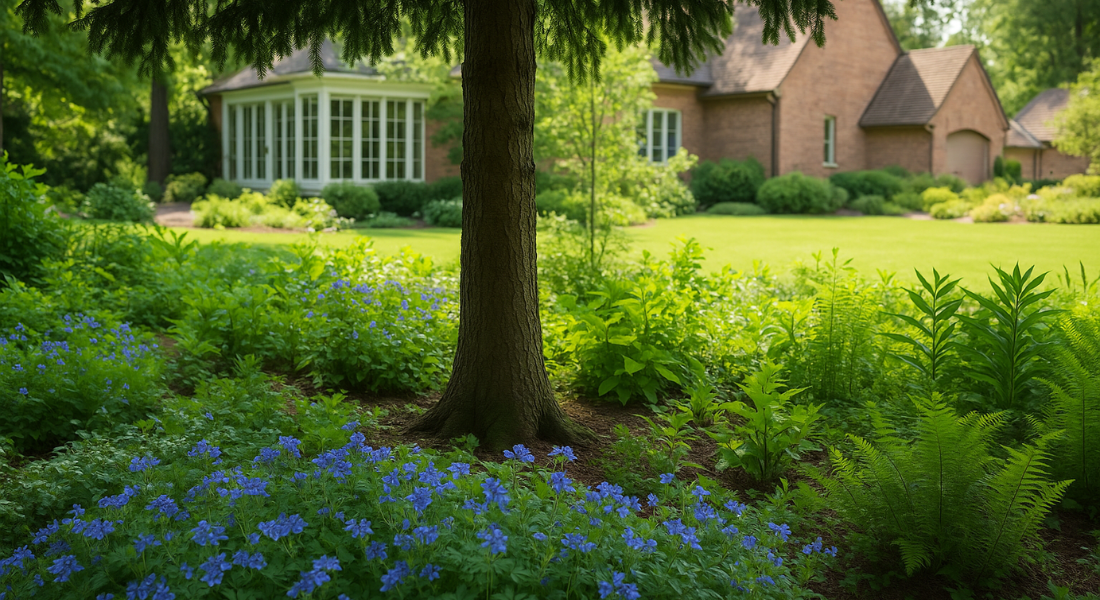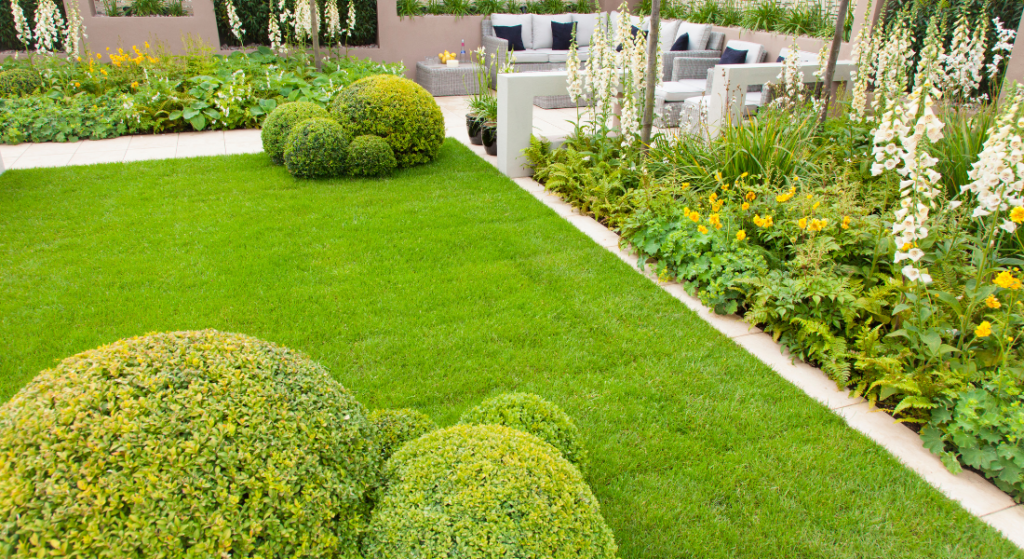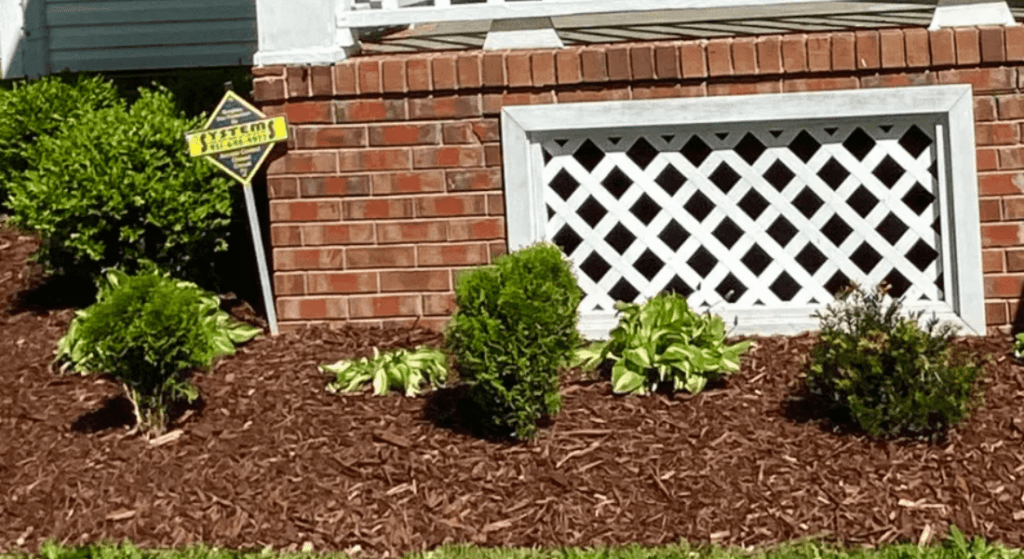Landscaping with Trees: Creating Beautiful and Functional Outdoor
When it comes to landscaping, trees are often the focal point of any outdoor space. They provide shade, beauty, and a sense of tranquility, making them perfect for garden landscaping. However, landscaping around trees can sometimes be a challenge. How do you enhance the area around trees without damaging their roots or inhibiting their growth? This article delves into landscape ideas and strategies for landscaping with trees, offering solutions that enhance your outdoor space while preserving the health and beauty of your trees.
Maximizing Mulch: Enhancing Tree Health and Aesthetics
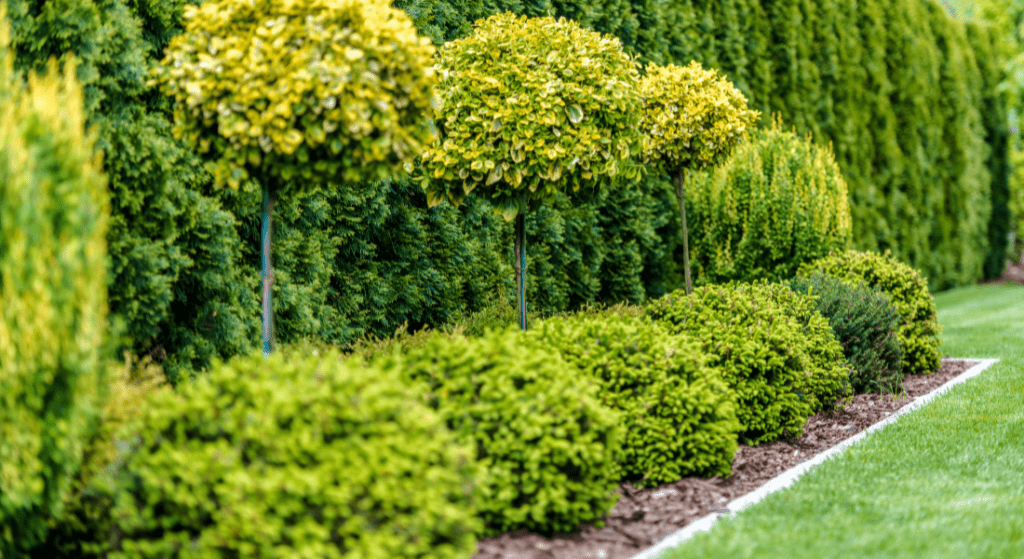
Introducing Shrubs: Adding Depth and Texture to Your Landscape
Designing with Flowers: Adding Splashes of Color and Fragrance
Embracing Shade-Loving Plants: Thriving in Tree-Dappled Environments
Enhancing with Evergreens: Adding Year-Round Structure and Greenery
Building Retaining Walls: Creating Terraced Gardens and Defined Spaces
Digging with Care: Protecting Tree Roots While Landscaping
Incorporating New Plants: Experimenting with Unique Species and Varieties
Prioritizing Low Maintenance: Creating a Beautiful, Hassle-Free Landscape
Rock Installation for Visual Appeal and Soil Protection
Adding Curb Appeal: Enhancing the Overall Look and Value of Your Property
Conclusion
Insights and Key Takeaways:
Landscaping with Trees:
When it comes to landscaping, trees are often the focal point, providing shade, beauty, and tranquility. In the United States alone, over 80 million trees are planted every year. However, landscaping around trees can sometimes be a challenge. This article delves into landscape ideas and strategies, offering solutions to enhance your outdoor space while preserving the health of your trees (estimated to add 3-10% to your property value).
Maximizing Mulch: Enhancing Tree Health and Aesthetics:
Mulch is a versatile tool used to create borders, suppress weeds, and retain moisture. When landscaping around trees, use 2-3 inches of mulch , keeping it a few inches away from the trunk to avoid promoting rot. Organic mulches, like wood chips or shredded bark, decompose over time, enriching the soil with organic matter.
Introducing Shrubs: Adding Depth and Texture:
Shrubs fill empty spaces and provide year-round interest. The American Nursery and Landscape Association reports that over 3 billion shrubs are sold in the US annually. Choose shrubs that complement your trees and consider sun exposure and soil moisture. For example, shade-loving azaleas thrive under the canopy of mature trees.
Designing with Flowers: Adding Splashes of Color and Fragrance:
Flowers add beauty to any landscape. Pollinator-friendly flowers like coneflowers and butterfly bushes attract bees and butterflies, promoting biodiversity. Choose flowers that thrive in dappled shade or full sun, depending on your tree’s canopy.
Embracing Shade-Loving Plants: Thriving in Tree-Dappled Environments:
Many plants prefer shade provided by trees. Hostas, with over 4,000 registered cultivars , offer a variety of colors and textures for shady areas. Ferns and coral bells are other shade-loving options that add color and texture.
Enhancing with Evergreens: Adding Year-Round Structure and Greenery:
Evergreens provide year-round interest and privacy. Evergreen trees can grow 1-3 feet per year , reaching maturity in 10-20 years depending on the species. Planting a mix of evergreens adds visual interest and screening throughout the year.
Building Retaining Walls: Creating Terraced Gardens and Defined Spaces:
Retaining walls create terraced gardens or defined planting beds. When building them, consider the mature size of the tree’s root system and leave ample space for growth. Stone or interlocking pavers are popular choices for retaining walls due to their durability.
Digging with Care: Protecting Tree Roots While Landscaping:
When digging around trees, use hand tools to avoid root damage. The root system of a tree can extend 2-3 times the width of its canopy . Avoid compacting the soil around the roots, as this can inhibit water and oxygen uptake. Consult a professional arborist for guidance on proper digging techniques.
Incorporating New Plants: Experimenting with Unique Species and Varieties:
Don’t be afraid to experiment with new plants! Consider incorporating drought-tolerant plants, especially in areas with low rainfall. The National Oceanic and Atmospheric Administration reports that over 60% of the US experiences drought conditions annually . Pay attention to mature plant size, sun exposure, and water requirements when selecting new additions.
Prioritizing Low Maintenance: Creating a Beautiful, Hassle-Free Landscape:
Choose low-maintenance plants to minimize upkeep. Opt for drought-tolerant, disease-resistant plants suited to your climate and soil conditions. Consider hardscape features like patios and walkways to reduce the need for mowing and weeding around trees.
Rock Installation for Visual Appeal and Soil Protection:
Rocks can enhance visual appeal, create borders, and protect soil from erosion. Use rocks of varying sizes and shapes for added texture. Be mindful of root placement when installing rocks to avoid root damage. Rocks can also help suppress weeds and retain moisture in the soil.
Adding Curb Appeal: Enhancing the Overall Look and Value of Your Property:
Landscaping around trees can significantly enhance curb appeal and property value. Studies show that well-maintained landscaping can increase property value by 5-10% . By following these strategies, you can create a stunning outdoor oasis that you’ll enjoy for years to come.
